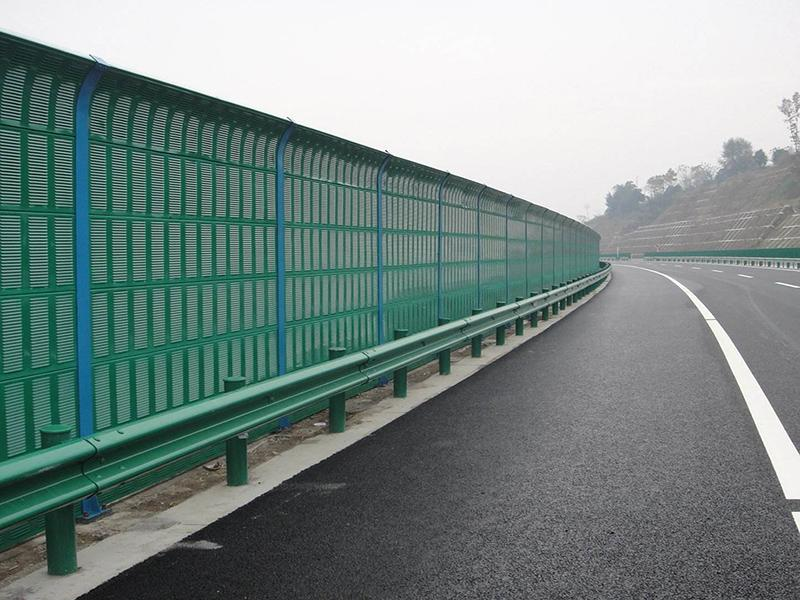What Should Be Noted When Installing Highway Noise Barriers
There are many considerations when installing highway noise barriers, as improper installation is prohibited. It requires comprehensive planning based on field conditions, including design, construction, and material selection, to ensure effectiveness, safety, and cost efficiency. Below are the key considerations for highway noise barrier installation:

1. Scientific Planning and Design
Conduct noise monitoring to define reduction targets (typically 10–15 dB).
Optimize barrier height, length, and placement.
Select materials based on environmental needs:
Metal panels (anti-corrosion treated)
Transparent PC boards (light-transmitting and anti-glare)
Sound-absorbing structures
Ensure structural resilience against wind, earthquakes, and resonance.
2. Strict Construction Management
Stabilize foundations (concrete depth ≥1.5 meters) while avoiding underground utilities.
Ensure airtight joints during modular installation; align column spacing (2–5 meters) with load requirements.
Implement traffic warnings and phased construction to minimize disruptions.
3. Environmental Compliance
Adopt ecological designs (e.g., green noise barriers) to protect ecosystems.
Prevent glare on transparent barriers.
Comply with national standards like Environmental Noise Quality Standards (GB 3096-2008) and local regulations.
Pass environmental impact assessments (EIAs).
4. Long-Term Maintenance and Cost Control
Regularly inspect for corrosion, loose bolts, and material degradation (critical in coastal high-salinity areas).
Clean transparent panels periodically.
Balance initial costs with durability (e.g., galvanized steel offers a longer lifespan than standard steel).
5. Special-Section Adaptations
Bridges: Use lightweight materials (e.g., composites) to reduce structural load.
Curves: Increase barrier height for enhanced noise reduction.
Cold climates: Deploy low-temperature-resistant materials (e.g., anti-freeze PC boards) and frost-proof foundations.
In summary, highway noise barrier installation requires integrated planning from design to maintenance. Each phase demands meticulous execution to achieve effective noise reduction, improve residents' living conditions, and ensure safe highway operations.

